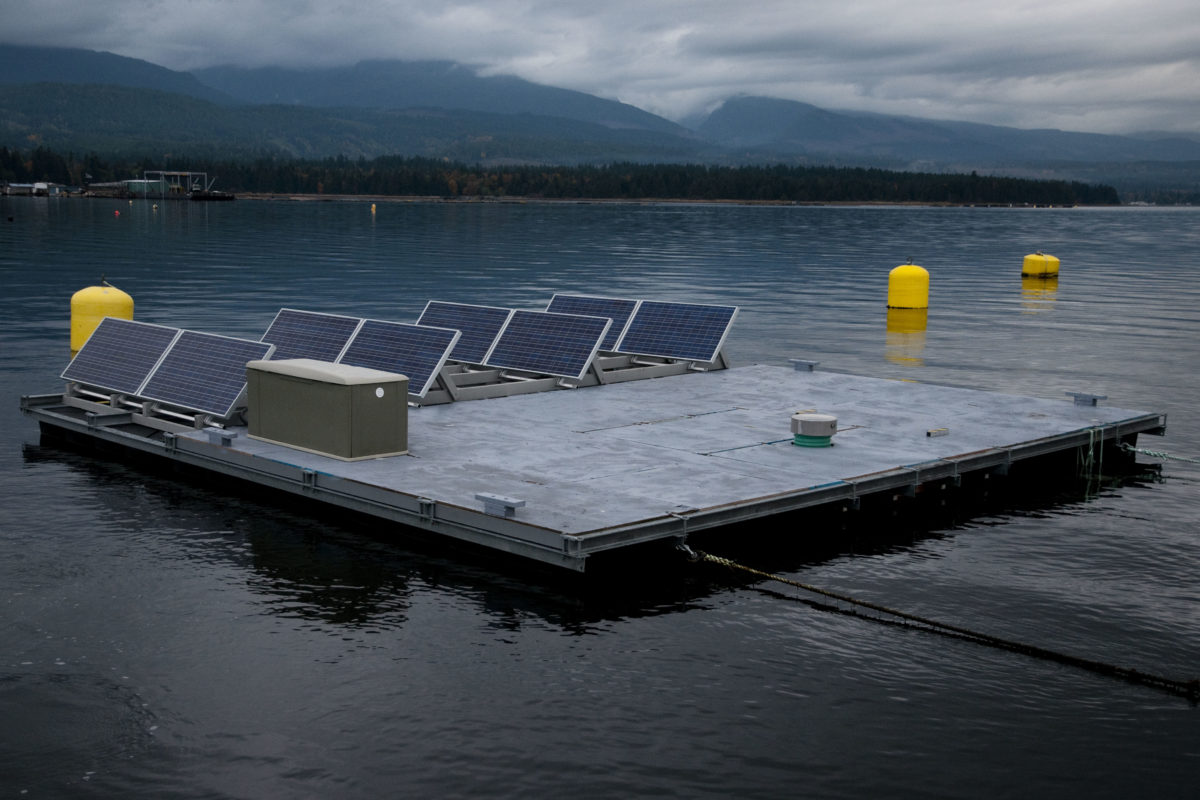Scientists from Pakistan's Government College University Faisalabad, Saudi Arabia’s Majmaah University and Italy’s Polytechnic University of Milan have designed an active cooling system for solar panels in floating PV applications.
The system consists of a serpentine cooling block structure, which the researchers describe as lightweight and minimally invasive. It works by pushing fresh water through a meander-line pathway in contact with the module backsheet, which has a lower thickness compared to conventional backsheets. This displaces the heat from the solar cells to the surface of the backsheet itself.
“Lateral heat transfer within the backsheet material is very limited,” the academics explained. “Nonetheless, the increased backsheet-coolant contact is expected to overcome this limitation.”
Water pump
The serpentine cooling block structure features a 3 mm casing layer made of a cheap, lightweight plastic material known as polypropene. It weighs approximately 3.75 kg without water and 10.7 kg with water, in addition to the 28.2 kg weight of the PV module itself. The system was tested on a PERC Cheetah JKM395M-72-DV PV module from Chinese manufacturer JinkoSolar. The simulations were conducted for a hypothetical floating PV plant installed on Mangla Dam Lake in Pakistan.
The cooling block – which can be filled with a low-cost, 15.6 W commercial 12 V DC water pump with fresh and relatively cool water from the water surface – is in contact with 1.03 m2 of the backsheet, which corresponds to 51.5% of its total area.
“Here, increased coverage will significantly increase the weight of the cooling system, while reduced coverage might not be able to significantly cool the solar cells as the backsheet is thermally insulating,” the academics said.
Solar simulation
The system was tested on a PERC Cheetah JKM395M-72-DV PV module from Chinese manufacturer JinkoSolar. The simulations were conducted for a hypothetical FPV plant installed on Mangla Dam Lake in Pakistan.
The performance of the panel with the cooling technique was tested in a floating array and compared with that of a panel without the serpentine cooling system. The average cell temperature of the panel fell from of 44 C to 21.7 C and, consequently, the panel efficiency rose by 1.5%. During the month of May, it also helped to maintain a panel efficiency of 19.70% throughout the day, which is even more that the 19.69% efficiency quoted by the manufacturer.
“Here, 95.98 kWh is expected to be produced by a single (floating PV plant) during 31 days of May in the absence of the cooling system,” the scientists said. “This number can be increased to the upper theoretical limit of 107.02 kWh once the cooling system is utilized.”
However, the yield estimation does not take into account the energy that is needed to operate the water pump. Taking this into account would mean the increase in power generation would be 8.10 kWh, and not 11.04 kWh, the scientists said. However, even with this conservative estimate, however, the annual yield of floating PV arrays using the proposed system was found to be around 6.25%.
The scientists described their active cooling technique in “An improved cooling system design to enhance energy efficiency of floating photovoltaic systems,” which was recently published in the Journal of Renewable and Sustainable Energy.
*The article was updated on Sep. 16, 2020, to reflect that Pakistan's Government College University Faisalabad was also part of the research project.
This content is protected by copyright and may not be reused. If you want to cooperate with us and would like to reuse some of our content, please contact: editors@pv-magazine.com.




2 comments
By submitting this form you agree to pv magazine using your data for the purposes of publishing your comment.
Your personal data will only be disclosed or otherwise transmitted to third parties for the purposes of spam filtering or if this is necessary for technical maintenance of the website. Any other transfer to third parties will not take place unless this is justified on the basis of applicable data protection regulations or if pv magazine is legally obliged to do so.
You may revoke this consent at any time with effect for the future, in which case your personal data will be deleted immediately. Otherwise, your data will be deleted if pv magazine has processed your request or the purpose of data storage is fulfilled.
Further information on data privacy can be found in our Data Protection Policy.